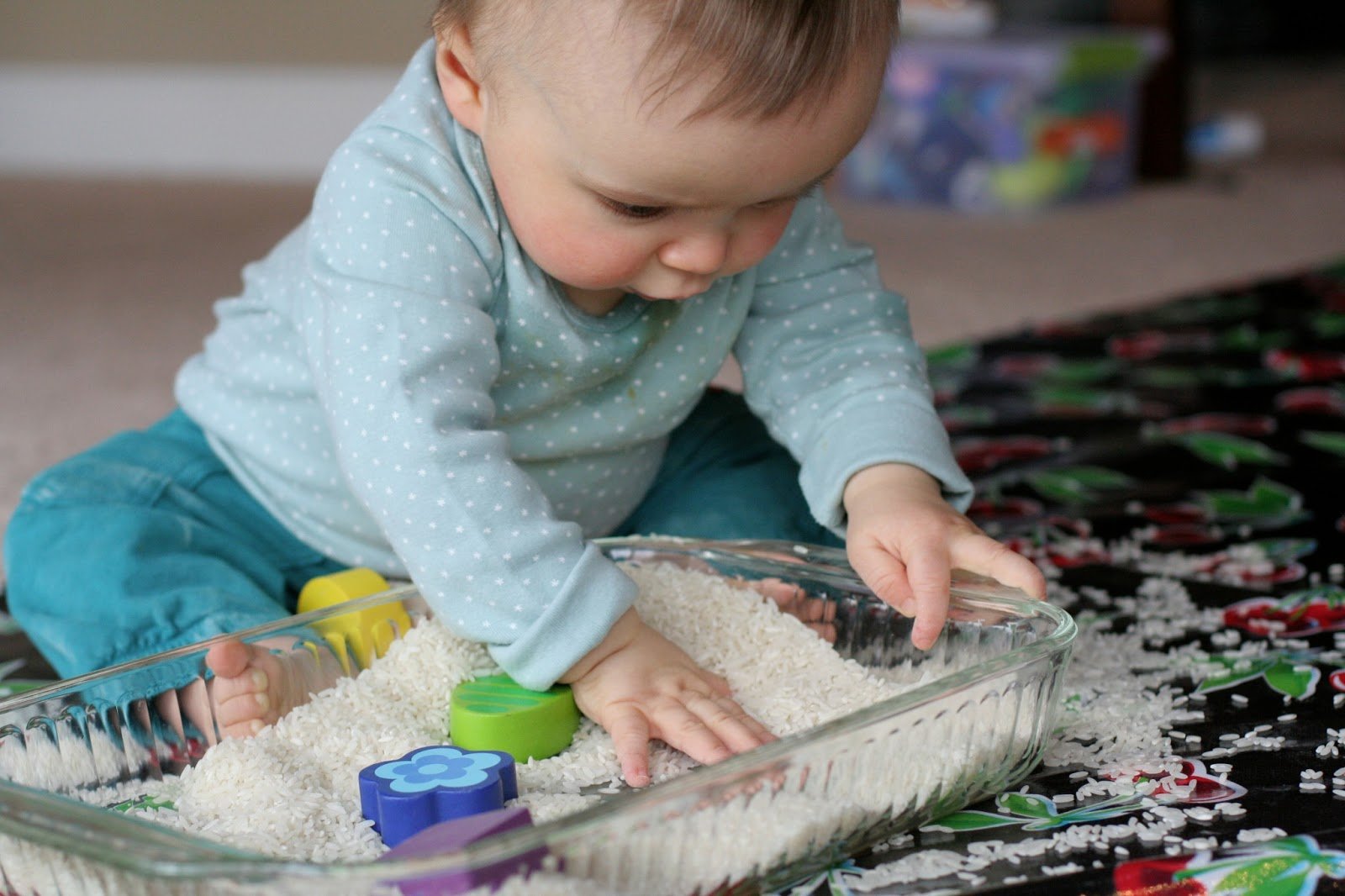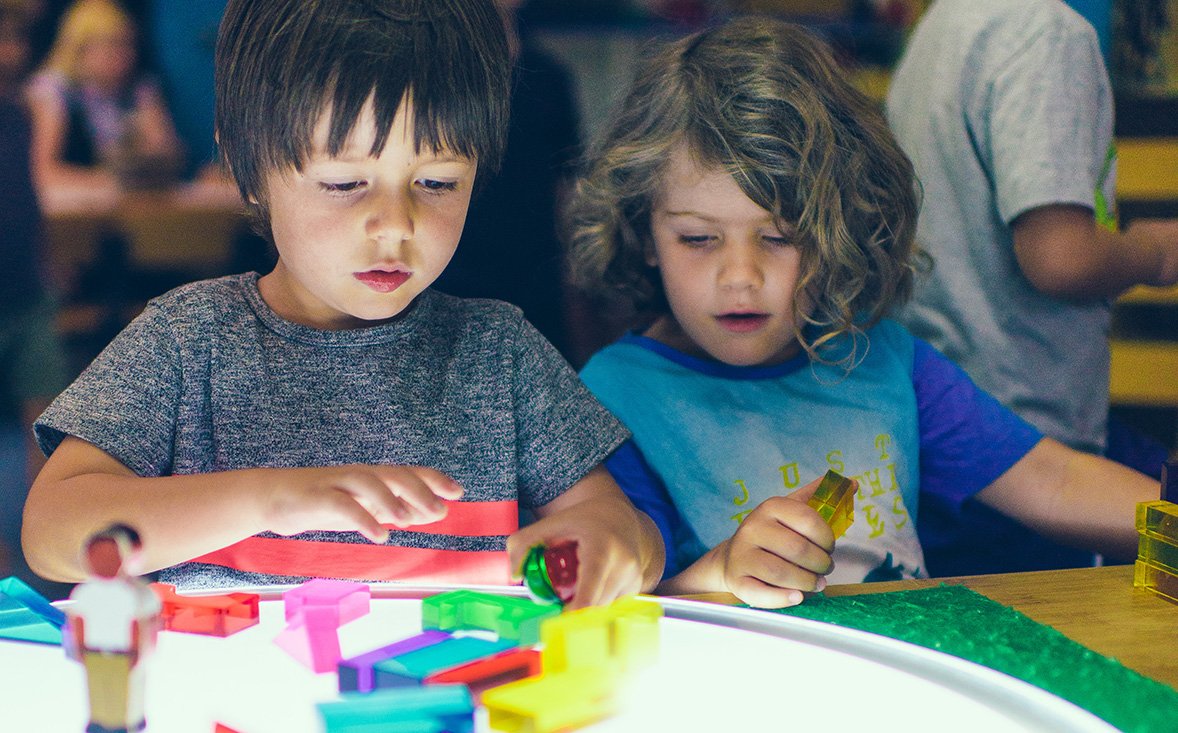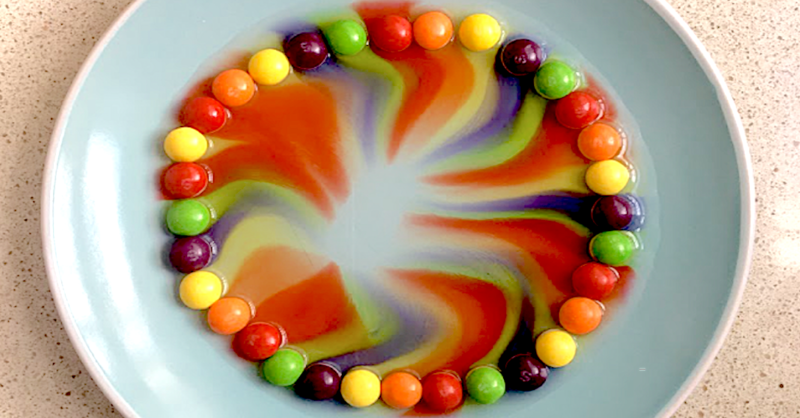Babies experience a whirlwind of emotions as they grow and explore the world. Sensory play offers a unique way to help them manage these emotions, providing a foundation for emotional regulation. Let’s delve into how sensory play aids in emotional well-being and how you can incorporate it into your baby’s routine.
What Is Emotional Regulation?
Emotional regulation refers to the ability to manage and respond to emotional experiences in a balanced way. For babies, this involves:
- Recognizing and expressing feelings.
- Learning to self-soothe.
- Responding to external stimuli without being overwhelmed.
Sensory play serves as a soothing and engaging tool that aids in developing these abilities.
How Sensory Play Supports Emotional Regulation
1. Calming Overstimulated Emotions
Babies can easily become overstimulated by their environment, leading to fussiness or crying. Sensory play provides a calming focus that helps redirect their attention.
- Example: A soft, textured blanket or a sensory bottle filled with glitter can soothe a baby by offering gentle tactile or visual stimulation.
2. Providing Predictable Comfort
Repetitive sensory activities, like squeezing a soft ball or watching bubbles, offer consistency and predictability, which can help babies feel secure.
- Why It Matters: Familiar sensory experiences create a sense of routine and safety.

3. Encouraging Mindfulness
Even from a young age, sensory play helps babies focus on the present moment. Whether it’s touching a squishy gel pad or listening to soft music, these activities help them center their emotions.
- Benefit: This mindfulness builds a foundation for emotional control in later years.
4. Releasing Energy Safely
Some sensory activities, like splashing water or playing with kinetic sand, let babies channel pent-up energy in a healthy way.
- Impact: This reduces frustration and helps them feel more balanced emotionally.
Top Sensory Play Ideas for Emotional Regulation
1. Sensory Bottles
Create bottles filled with water, glitter, and small beads. Watching the slow movement inside the bottle has a calming effect.
2. Soft Textures
Introduce your baby to fabrics like fleece, velvet, or cotton. Let them touch and explore to find what feels comforting.
3. Water Play
Let your baby splash in a shallow tub or play with floating toys. Water has a naturally soothing effect.
4. Music and Sounds
Play soft, rhythmic music or introduce sound-making toys like maracas or rain sticks. Auditory stimulation can help regulate mood.
5. Aromatherapy Sensory Play
Use baby-safe essential oils like lavender or chamomile on a cloth toy. These scents can help calm their nervous system.
6. Visual Stimuli
Hang a mobile with soft colors or lights that move gently. Watching the movement can be both engaging and soothing.
7. Baby Massage
Incorporate gentle massage with lotion as part of sensory play. This tactile stimulation helps babies relax and bond with caregivers.
When to Use Sensory Play for Emotional Regulation
- During Fussy Periods: Introduce a calming sensory activity to help soothe your baby.
- Before Bedtime: Gentle sensory activities like soft music or a massage prepare babies for restful sleep.
- After Stressful Moments: Help your baby reset their emotions with tactile or auditory play.
Why It Works: The Science Behind Sensory Play and Emotions
Babies’ brains are rapidly developing, and sensory input directly impacts their emotional centers.
- Tactile Stimulation: Activates the release of calming hormones like oxytocin.
- Auditory Input: Helps regulate the amygdala, the brain’s emotion center.
- Visual Focus: Encourages calmness by reducing overwhelming stimuli.
Tips for Introducing Sensory Play
- Start Simple: Begin with one or two types of sensory stimuli to avoid overwhelming your baby.
- Observe Reactions: Pay attention to what your baby finds comforting or stimulating.
- Create a Safe Space: Ensure materials and toys are age-appropriate and non-toxic.
- Incorporate Daily: Make sensory play a part of your baby’s routine for consistent benefits.
Final Thoughts
Sensory play is more than just fun; it’s a valuable tool for helping babies manage their emotions. By engaging their senses, you provide them with comfort, stimulation, and a foundation for emotional regulation that will serve them for years to come.
Start small, experiment with different activities, and watch your baby thrive emotionally and developmentally.









